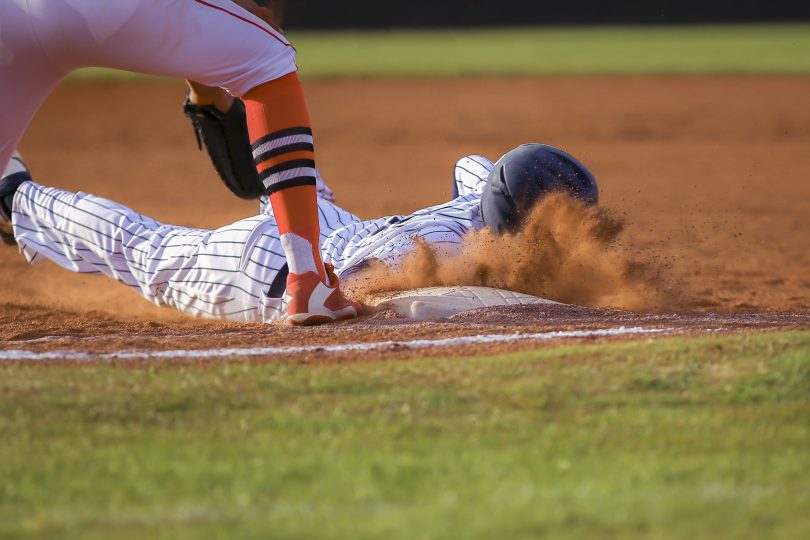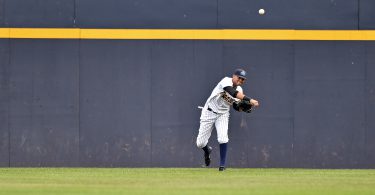The Situation:
It’s the first game of an NCAA Super Regional best-of-three series. In practice leading up to the series, the home team has put in a no-look pick play to second base to try to capitalize on the aggressive primary leads that the visiting offense often takes at second base. The play is a departure from their usually conservative arsenal of holding runners. They plan to use the play to get out of a jam at some point in the series, if need be. It’s not a play they have used all year, and has yet to make it onto any scouting report.
Game one has gotten out of hand for the home team. A two-out bases clearing double has put the visiting team up 9-1 in the 7th, with two-outs. With what looks like 2 must-win games ahead, the home team coach decides to leave his struggling reliever in the game, not wanting to use the rest of the bullpen he may need the following two days. After another double that makes the game 10-1, the runner on second stakes out a massive lead at second. Frustrated, the catcher rubs his hand in the dirt, the signal to the pitcher for the new pick play to second. Noticed by the middle infielders, the play goes into action.
The Play:
The pitcher toes the rubber looking at third base. He picks up his catcher for the signs. Once the catcher starts his sign sequence, the pitcher counts ‘one-thousand-one’ in his head, spins without coming set and fires a strike to second. The second baseman has timed his crash to the bag perfectly and is there to receive the perfect throw.
The Outcome:
The runner is totally caught off-guard, not expecting anything in a 10-1 game. The play is not close and the runner is tagged out without even an honest attempt to avoid the tag. The inning is over.
What Went Wrong:
Can you figure out what went wrong? The play was executed flawlessly and had the desired effect, but the error here is strategic in nature. With the team trailing by 9 and unlikely to win the current game, the pickoff play has been exposed and the element of surprise has been wasted. The visiting team will now be aware of the play and especially cautious in big situations.
This is a classic case of getting caught in the moment and not thinking about the big picture. A surprise play like this likely only has one shot to work. Would you rather have it work when you need to steal a big out in a close game or when you are down by 9? Easy to answer when you take away the context and frustration the catcher and pitcher are likely feeling in that moment. Thinking the game forces you to be aware of the present situation and the way the current play or plan exists within the larger team strategy and plan. In this case, the players fail to take the big picture into account. While the pitcher and catcher are probably happy to have the inning over, the coaching staff is probably less than thrilled to be without the surprise of the new play for the rest of the series.







